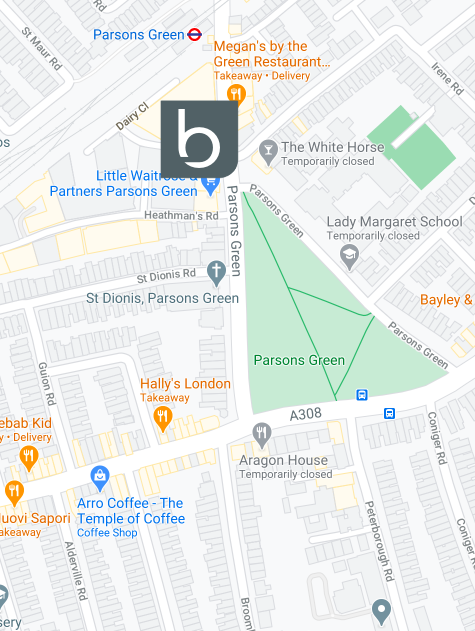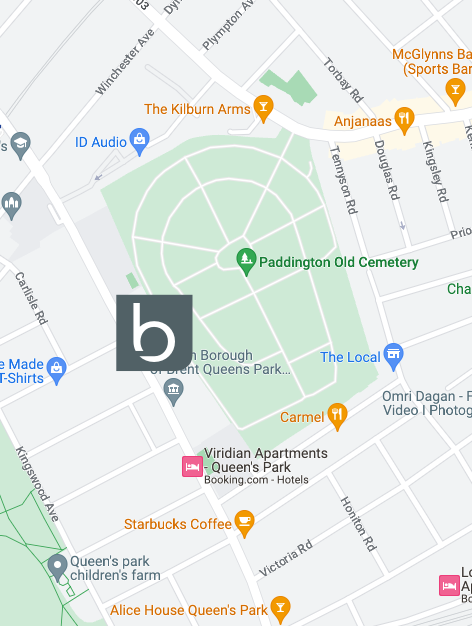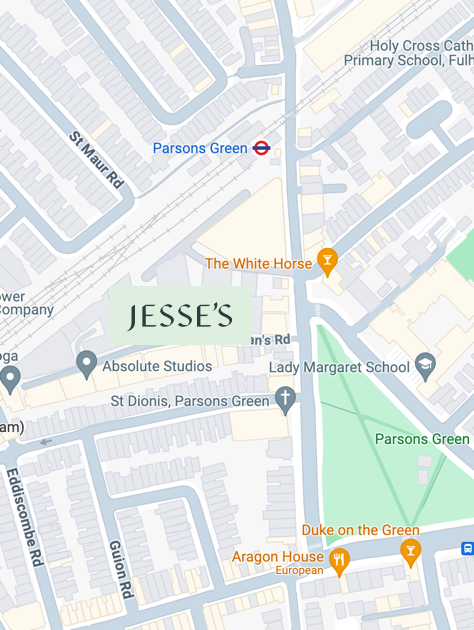
Close
Enquiry
Please see contact information below or complete the form and we will get in touch with you.

Parsons Green
3rd Floor Brigade House
8 Parsons Green
London
SW6 4TN

Queen's Park
2nd Floor
105-109 Salusbury Road
London
NW6 6RG

Jesse's House
8-10 Heathmans Road
Parsons Green
London
SW6 4TJ
Strong and BIG…….or just Strong?

The important facts about getting strong. Not big.
by Tessa Williams (Beyond Health rehabilitation physiotherapist)
Strength is defined as the ability to produce force. We know that the more force our bodies can produce the easier it is to move around, play our favorite sports, pick up our kids or simply hold our skeletons in the right place! When our strength levels are insufficient to meet those challenges we are at greater risk of injury.
Being stronger is about being more resilient and more economical in how we move and perform. Being strong also improves our overall health. Unfortunately there still seems to be a misconception about what being strong actually means and how to achieve it.
The most common concerns I hear from clients embarking on a rehabilitation program (both male and female!) are “I don’t want to do strength work as it will make me bulkier” and “Doesn’t that mean I have to lift ‘big’ weights?” Simply put, NO!! Big usually equals strong but strong does not usually equal big!
The science of getting BIG…
In order to make muscle tissue grow bigger to the kind of levels you’d see in bodybuilding or the average ‘big guy’ at the gym (this is called hypertrophy), you also have to do a few very specific things: • Train with a load that allow long sets of each exercise typically 8-10 repetitions
• Train with fairly short rest periods to stimulate the right hormones
• Train with a high number of exercises for each body part – usually split into different sessions
The idea is to provide quite a lot of tension for quite a long time on the muscles in order to cause micro tears to the muscle and disrupt the immune status, so that the repair process returns cells to levels above the pre-existing mass and the muscles get bigger. While strength may be a secondary outcome from this type of training, it is not the goal.
The science of getting strong….
• Training using a load that typically allows no more than six repetitions of an exercise
• Train using long rest periods
• Use a small number of big compound exercises (exercises that require multiple joints to move and more than one muscle group to contract to complete it.
For someone who is new to strength training often the same benefits can be achieved using their own body weight, resistance bands or very light weights, as well as less traditional higher repetitions for endurance of the muscles. This is especially relevant when developing postural strength, a specific goal in our moveBeyond classes. All you have to do is challenge your muscles to work harder or longer than they usually do. This will stimulate the body to recruit (switch on) more fibres than before and you become more efficient. The muscle cells will still adapt but unlike with hypertrophy the cells will not get ‘bigger’. You should only have more of them within the same cross section of the muscle allowing you to produce as much force as possible.
Remember that being stronger makes all movement easier. Every effort requires less of your maximum. You will have an increased ability to perform normal daily tasks, you will reduce your risk of injury and have healthier and stronger muscles and bones.
If you are unsure what is the best way for you to get strong please contact us to see one of our specialist rehabilitation physiotherapists who will assess and prescribe the perfect exercise plan for your body. Take control and discover your strength!!

